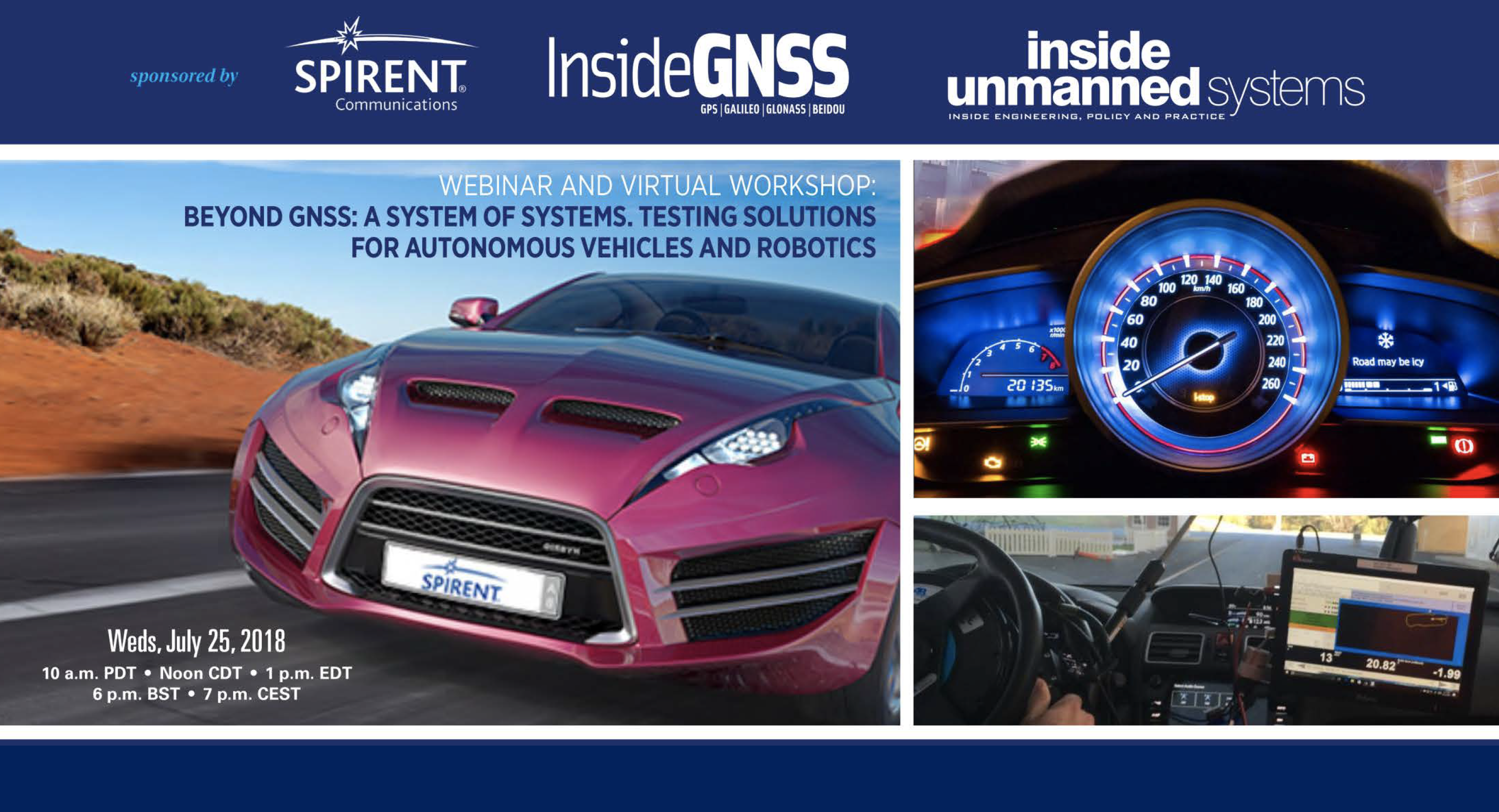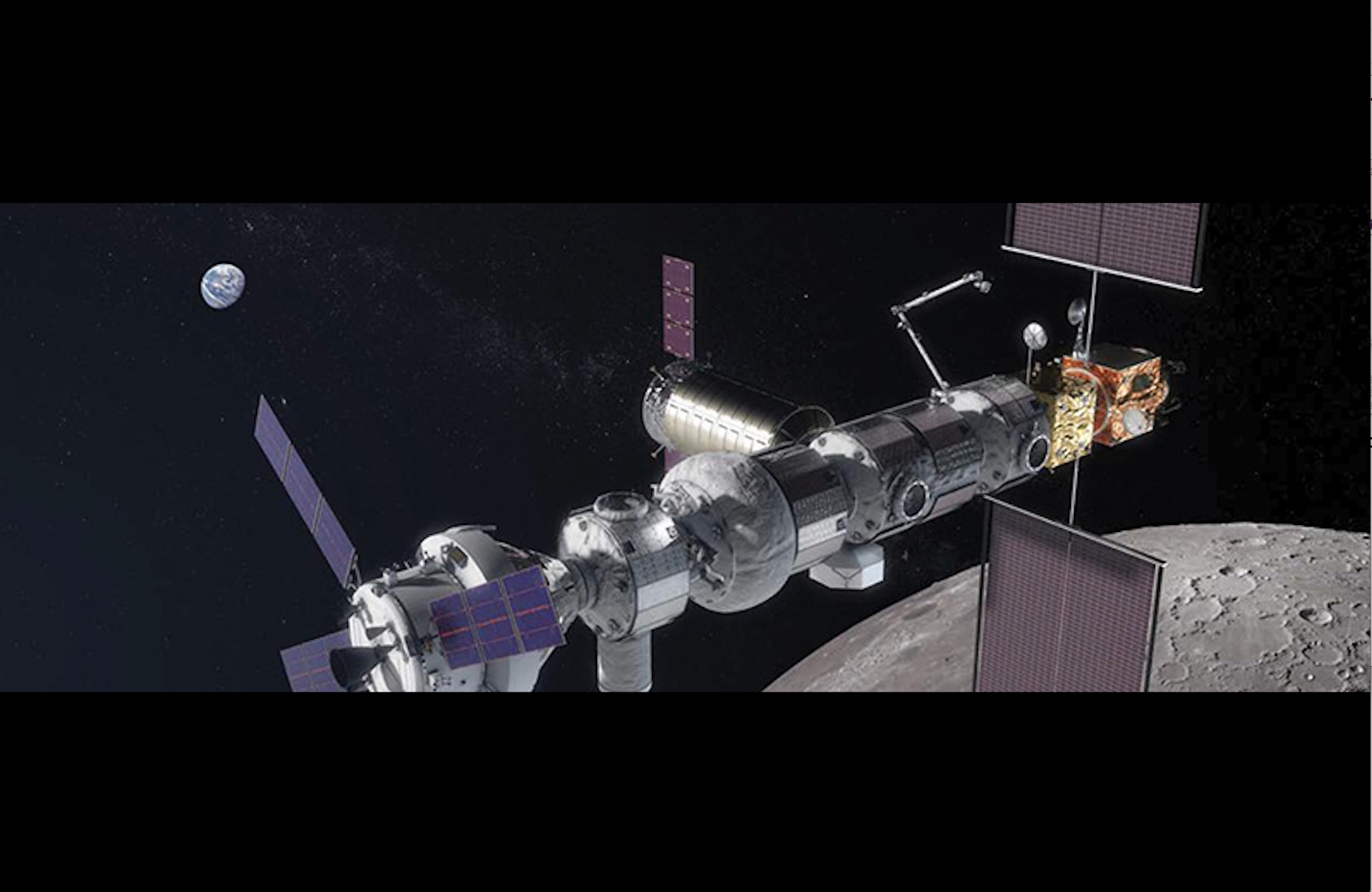
A large body of research recognizes personal mobility as the primary future market for global navigation satellite systems in terms of the number of users and potential revenue. This expectation is especially strong for the upcoming European satellite navigation system Galileo, for which location-based service (LBS) applications have a prominent place in market research.
A large body of research recognizes personal mobility as the primary future market for global navigation satellite systems in terms of the number of users and potential revenue. This expectation is especially strong for the upcoming European satellite navigation system Galileo, for which location-based service (LBS) applications have a prominent place in market research.
However, the past decade has seen many GNSS manufacturers and would-be service providers disappointed by the persistent failure of a profitable LBS mass market to emerge and grow rapidly. With the notable exception of a few national markets, particularly in Asia, this failure to thrive has stemmed from a combination of technical, legal, business, and market conditions that have thwarted development of widespread consumer LBS applications.
Previous GNSS activities in the field of LBS have primarily succeeded in commercial and professional applications (such as vehicle tracking and fleet management or remote monitoring of former prisoners out on probation or parole) or for safety and security purposes, such as emergency services. These are applications for which requirements can more easily be pinned down and where revenue streams are easier to estimate and project.
Moreover, regulatory activities and legal mandates have stimulated some large-scale uptake of GNSS technology— such as the U.S. Federal Communications Commission’s E-911 mandate, which requires automatic location identification capability be made available to aid emergency callers using mobile phones.
Despite this slow start, the LBS mass market definitely holds the potential for providing substantial revenue streams. However, its development remains rather difficult to predict. This article will present some of the leading prospective consumer application markets for LBS, examine the leading causes of the still sporadic adoption of LBS in these mass markets, and describe efforts to mitigate the current technical limitations constraining the growth of consumer-driven LBS.
In particular, on this latter point we will consider assisted-GNSS (A-GNSS) technology that uses information — typically, satellite ephemerides and constellation almanac — provided through the communications network infrastructure. We also address the possibility of combining various non-satellite-based positioning technologies with GNSS to provide the quality of service needed to support large-scale development and adoption of LBSs.
. . .
The LBS market has the potential to provide huge benefits to consumers. However, LBS needs to overcome technical and market obstacles before it can achieve the growth rates long predicted by market analyses. The AGILE project seeks to overcome these limitations by defining market drivers for LBS applications and, as detailed in this paper, to mitigate current technical limitations by combining various positioning technologies that can provide the quality of service needed to enable LBS.
(For the rest of this story, please download the complete article using the PDF link above.)





